Mace vs. Pepper Spray: What’s the Difference & Which to Use?
Mace vs Pepper Spray: Quick Take
Mace® and pepper spray are both small, handheld defenses, but they’re not the same tool. Traditional mace relied on tear-gas compounds, while pepper spray uses oleoresin capsicum (OC) from hot peppers.
OC inflames the eyes, nose, and throat no matter how tough, or intoxicated, your attacker is, which is why today’s carriers often prefer pepper spray over mace. This guide explains the chemistry, effects, laws, and best-use cases so you can pick the right spray and stay mission-ready.
Are Mace and Pepper Spray the Same? Understanding the Basics
Short answer: no. They are not the same. While many people use the terms interchangeably, mace and pepper spray refer to two distinct self-defense products with different formulas and effects.
“Mace” began as a brand of CN tear-gas spray in the 1960s. CN irritates the eyes and lungs but often fails against drug-impaired attackers. Modern Mace®-branded cans now include OC, adding to the confusion.
Pepper spray, by contrast, contains oleoresin capsicum (OC), a natural compound derived from hot peppers. OC binds to pain receptors and forces the eyes shut. It causes intense burning, temporary blindness, difficulty breathing, and inflammation of the mucous membranes, regardless of an assailant’s pain tolerance, making it a go-to for both civilians and law-enforcement.
Need more non-lethal ideas? Explore our Best Non-Lethal Self-Defense Tools guide.
What Is Mace?
Classic mace used CN tear gas (chloroacetophenone), the same irritant found in some riot-control grenades. CN is a chemical compound that irritates the eyes, nose, and lungs, designed to disable attackers by causing tearing, coughing, and temporary disorientation. However, its effectiveness can depend on pain compliance, so determined or intoxicated threats may fight through it.
Because of these limits and stricter mace laws, many modern self-defense products labeled “mace” sold today are actually hybrid cans that blend CN or CS with oleoresin capsicum (OC).
When comparing pepper spray vs. mace, it’s important to understand that mace originally referred to a specific brand of self-defense spray made with tear gas, not pepper extract.
What Is Pepper Spray?
Pepper spray is a widely used self-defense tool that contains oleoresin capsicum (OC), a natural oil extracted from hot peppers, and the same heat agent that makes ghost-pepper sauce brutal.
OC triggers nerve endings that control sight and breathing. When sprayed into the face of an attacker, victims experience instant eye-shut, burning skin, and 20–45 minutes of respiratory distress, buying you an escape window.
OC sprays come in stream, gel, and fog patterns, letting you choose range vs. blow-back control.
In comparing mace vs pepper spray, because OC targets the body’s involuntary response, it stops even pain-numb assailants. Its fast-acting, incapacitating formula makes it a reliable and popular choice for personal protection.
What About Bear Spray and Bear Mace?
Although often lumped together with personal defense products, bear mace and pepper spray are not interchangeable. Bear spray is a type of pepper spray, but it's specifically formulated and pressurized for deterring aggressive wildlife, not people.
So, what is bear spray exactly? Bear spray is still OC, but has a higher concentration of capsaicin (up to 2.0% major capsaicinoids) and pressurized for 25- to 35-foot fog cones.
However, bear mace vs. pepper spray comes down to formulation and intent. Bear spray is regulated by the EPA as a pesticide, while personal defense sprays fall under state self-defense laws. Using bear spray on a person can be illegal in some jurisdictions.
| Feature | Bear Spray | Personal Pepper Spray |
|---|---|---|
| OC Heat | 1.0–2.0% MC | 0.18–1.0% MC |
| Range | 25–35 ft fog | 8–12 ft stream/gel |
| Legal Authority | EPA label | State self-defense laws |
| Intended Target | Large wildlife | Human attacker |
If you're debating pepper spray vs. bear mace, choose the tool that matches your use case: if you hike grizzly country, carry bear spray. For urban EDC, choose a human-rated OC can.
The Legality of Pepper Spray and Mace
Pepper spray is legal in all 50 states, but size and strength caps can vary widely at both the state and local levels. Some states limit the amount of oleoresin capsicum (OC) allowed in each canister, regulate the strength of the solution, or restrict use to individuals over a certain age, typically 18.
For example, California limits civilian canisters to 2.5 oz; Wisconsin bans OC + tear-gas blends and caps volume at 2 oz. Tear-gas-only mace faces tighter rules. In several states, products containing tear gas are either banned or allowed only with specific warning labels and safety mechanisms. A few jurisdictions prohibit tear gas-based mace entirely for civilian use, permitting it only for law enforcement or military personnel.
Before choosing a self-defense spray, check the latest local and state laws to ensure compliance. Pepper spray laws can change, and ignorance of restrictions may lead to fines or charges.
For the most up-to-date and detailed overview, explore our Legality of Self Defense Weapons by State guide.
Mace vs. Pepper Spray: Which Is Right for You?
Choosing between mace vs pepper spray ultimately comes down to your personal safety goals, comfort level, and local laws. While the two are often confused, they differ in chemical composition, effectiveness, and legal restrictions. Understanding how each works will help you make a decision that fits your needs.
Mace vs Pepper Spray: Decision Matrix
| Question | If YES → Choose | If NO → Choose |
|---|---|---|
| Need maximum stopping power on drugged assailants? | Pepper Spray | — |
| Live in a state that bans tear-gas chemicals? | Pepper Spray | — |
| Want a multi-chem agent with UV dye for evidence? | Modern Mace® OC + CN | Pepper Spray |
| Prefer gel stream to cut blow-back indoors? | Pepper Spray Gel | Traditional Mist |
Key Takeaways
-
Performance – Pepper spray (OC) shuts eyes and bronchial tubes regardless of pain tolerance. CN tear gas relies on pain compliance and may fail on intoxicated threats.
-
Legality – OC is broadly legal; CN/CN blends trigger extra rules.
-
Formats – Pepper sprays come in keychain, gel, and fogger models; Mace® offers combo cans with OC, CN, and UV dye for identification.
-
Training – Drill with inert practice units so you can draw, pop the safety, and shoot a ½-second burst under stress.
To increase your personal safety, you might also consider pairing your spray with a personal safety alarm.
The Bottom Line
Mace and pepper spray may serve the same purpose, but they’re not identical. Understanding their differences in formulation, effectiveness, and legality will help you make the best choice for your safety. Whether you are carrying pepper spray (OC) or a modern Mace® blend, half-second burst, good footwork, and immediate exit will do more for survival than the label on your can.
Sources:

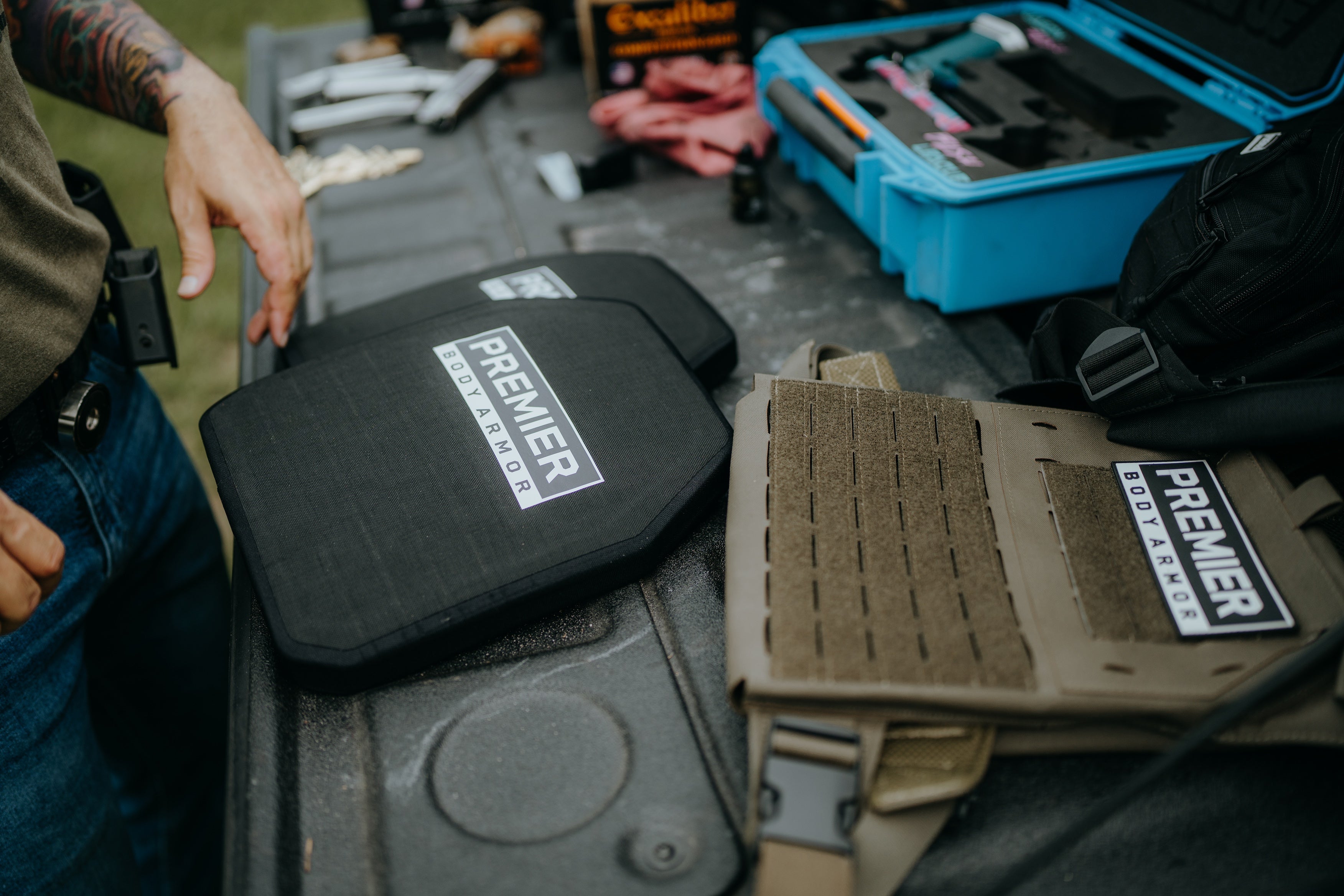
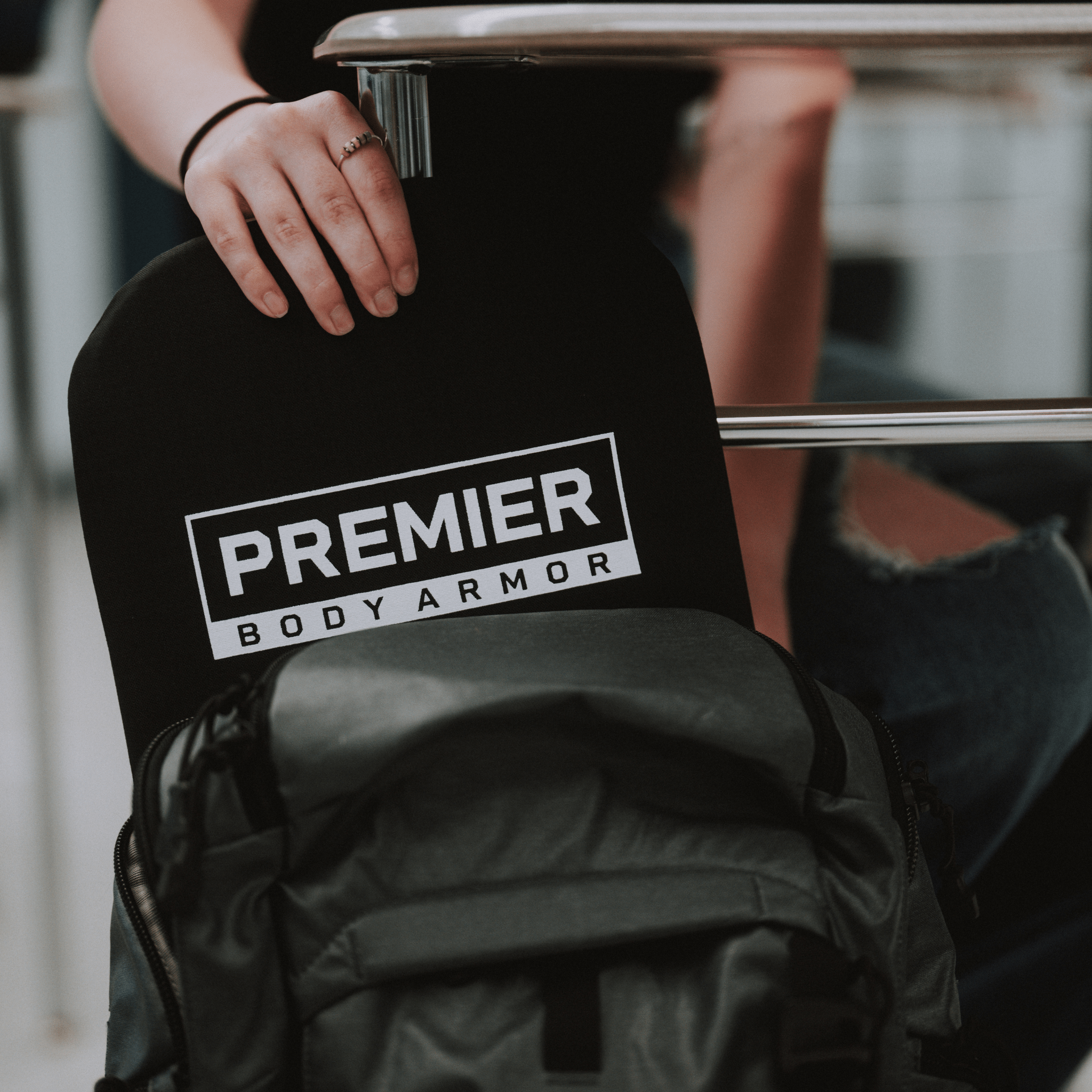

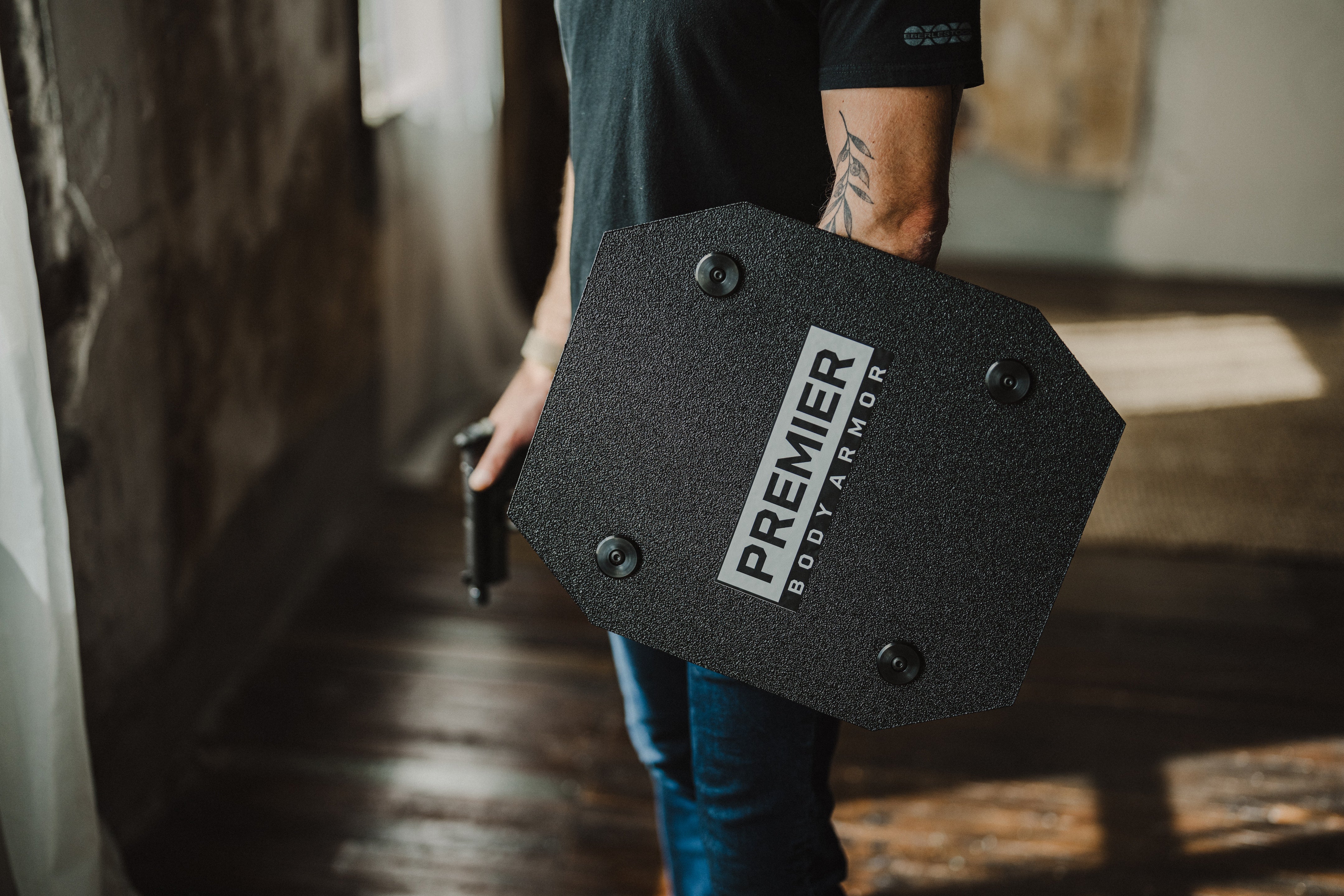


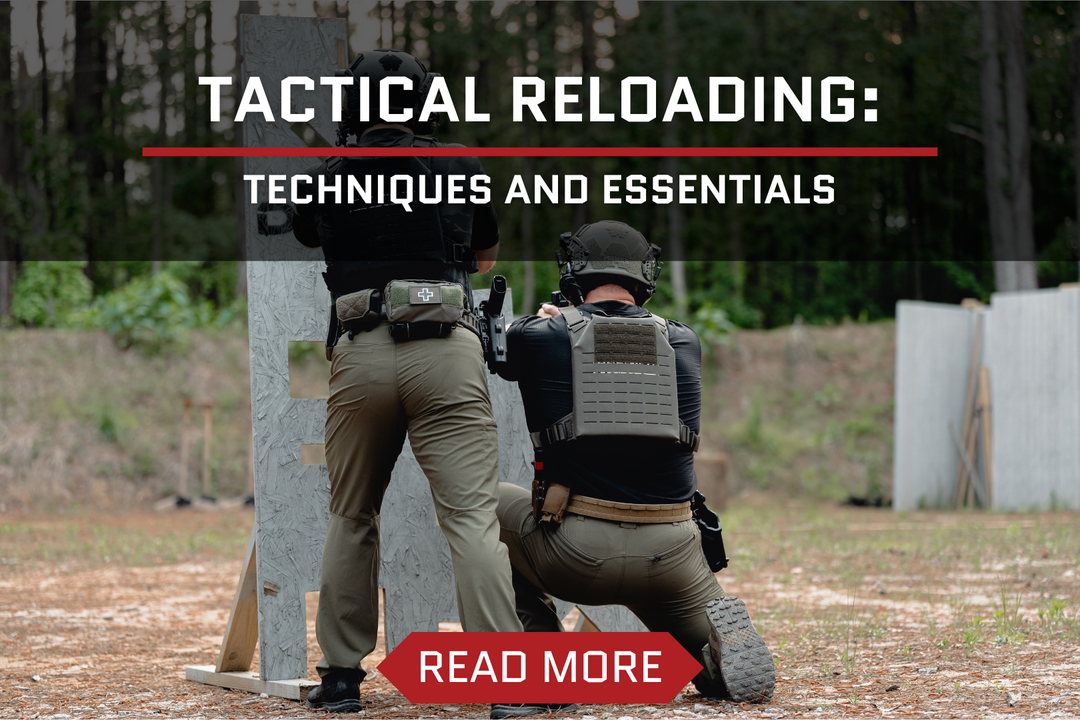
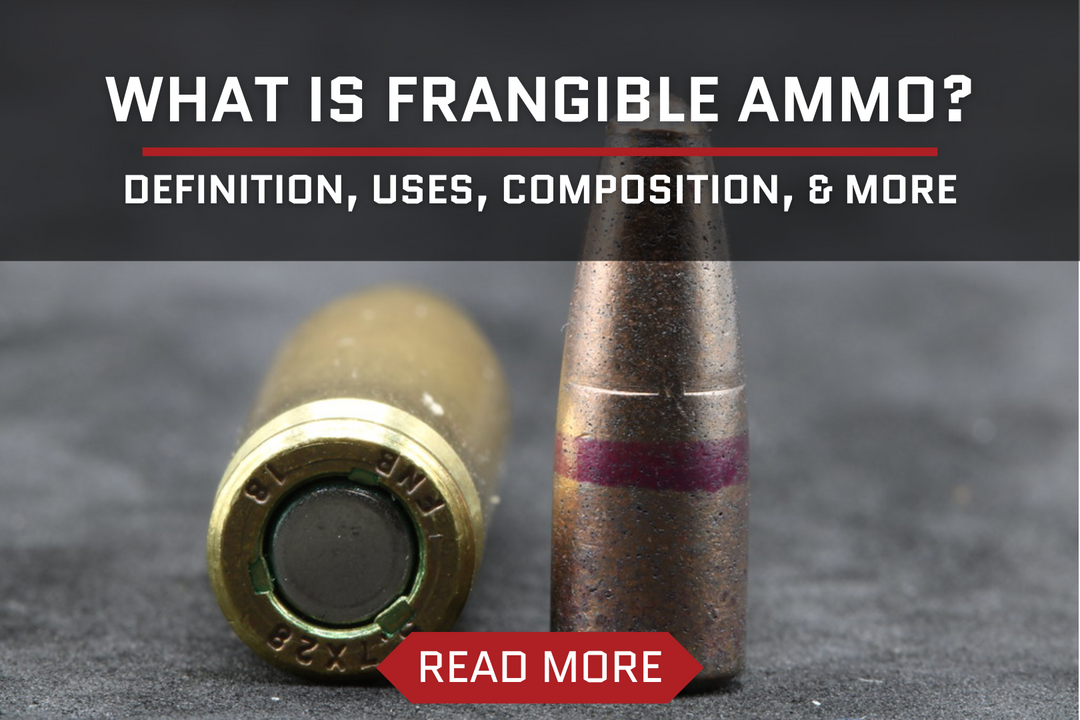
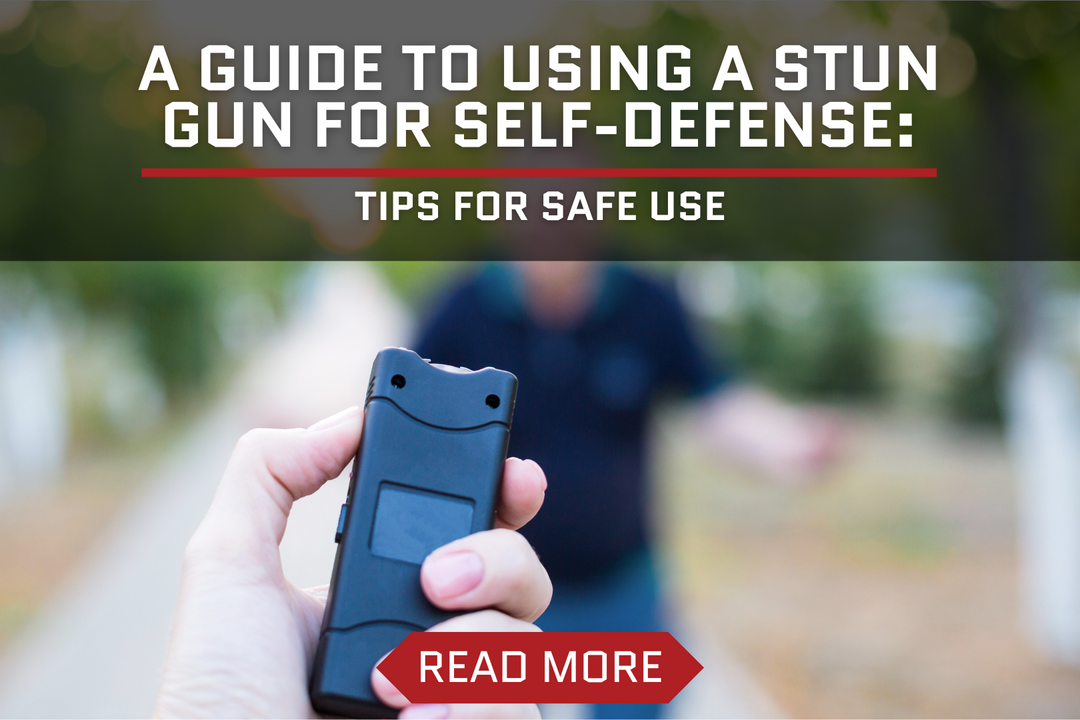
Leave a comment